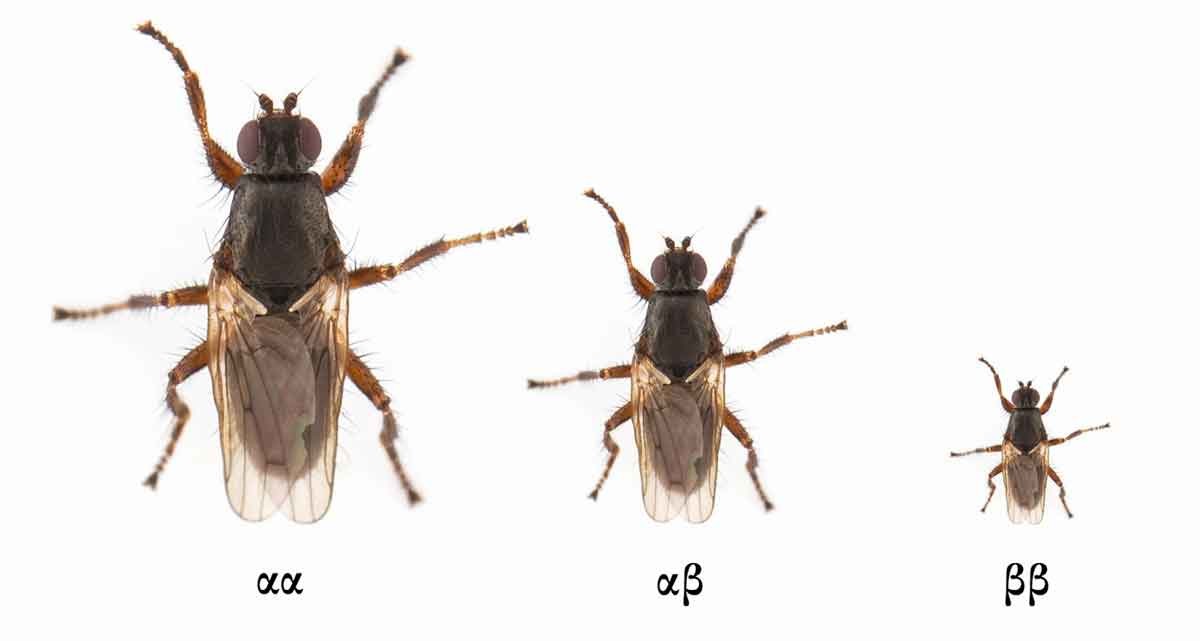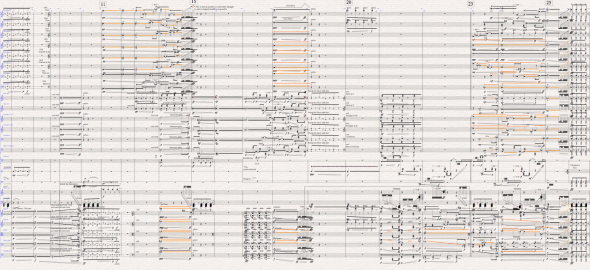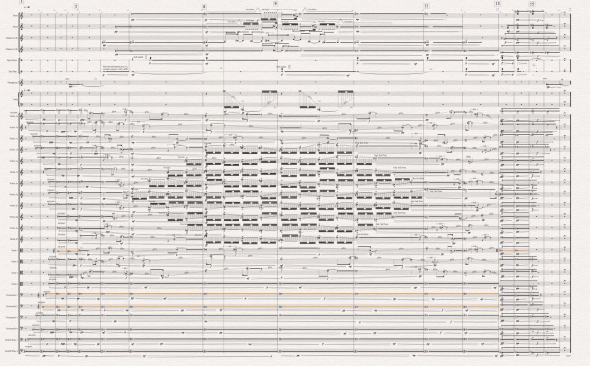SPECIATIONS Miniatures for Orchestra.

ALLOPATRIC
SYMPATRIC
Alternative geographic models of speciation (Futuyma 1997)
Speciations are 2 miniature orchestral pieces based on the idea of the concept of Speciation. Speciation is the evolutionary process by which new biological species arise. The biologist Orator F. Cook seems to have been the first to coin the term ‘speciation’ for the splitting of lineages or ‘cladogenesis,’ as opposed to ‘anagenesis’ or ‘phyletic evolution’ occurring within lineages. There are four geographic modes of speciation in nature, based on the extent to which speciating populations are geographically isolated from one another: allopatric, peripatric, parapatric, and sympatric.
Geographic models of speciation emphasize the development of reproductive isolation between geographic population components of a species. (A) Allopatric: reproductive isolation develops between populations in physical isolation. (B) Founder Effect: reproductive isolation develops in a small population separated from the main body of the species, in consequence of the biology of small populations. (C) Parapatric: reproductive isolation develops among contiguous components of a population, in consequence of their limited vagility. (D) Sympatric: reproductive isolation develops within the “cruising range” of an existing species, in consequence of special biological properties (e.g., host-parasite specificity).

